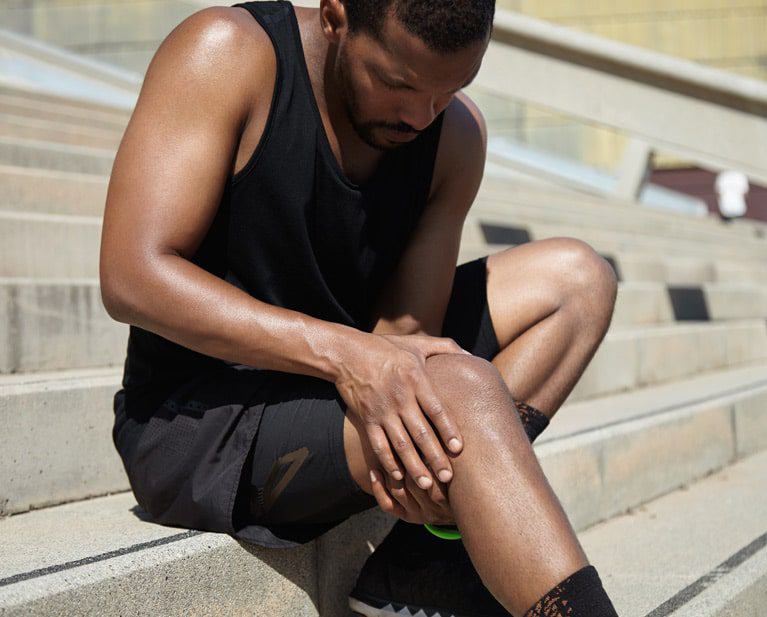Knee pain, especially related to osteoarthritis (OA), is an orthopedic problem commonly seen around the world. Knee OA is a significant public health issue that causes chronic pain and disability.
Why Knee Pain Occurs
The main clinical symptom of knee OA is knee pain. While OA-related knee pain can affect anyone, it is more frequently seen in women than in men.
The principal dynamic stabilizer of the knee joint is your quadriceps muscle, also known as the muscle in the front of the thigh. Muscle weakness in your quadriceps can lead to instability of the knee, which is a suggested cause of knee pain.
Ways to Relieve Knee Pain
There are several ways one can improve symptoms of knee osteoarthritis. One way is the use of massage therapy to reduce pain, which also assists in increasing range of motion. Knee range can significantly increase when using moderate pressure massage on the quadriceps and hamstring muscles.
Other ways to improve knee symptoms include practicing yoga and tai chi:
- Yoga that emphasizes poses, as opposed to those that integrated protocols (breathing, meditation exercises), will aid in reducing knee pain.
- Tai chi is also found to reduce knee pain symptoms, though it has variable success due to the lack of consistent findings in frequency and duration of the practice to make a change in symptoms.
How Physical Therapy Helps
Physical therapy stretches the muscles that support your knees, helps seniors strengthen their core through strength training and also enables patients to maintain a healthy weight — all crucial to the prevention of knee pain problems.
Before you embark on an exercise program, you should always consult with your physical therapist. Your PT will determine any biomechanical limitations and assist in developing a home program.
Contact the physical therapists at SetPT today to begin your journey to aging well with physical therapy.





